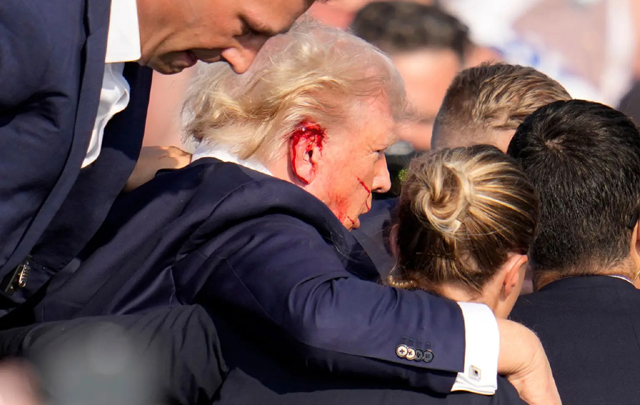
The assassination attempt against Donald Trump underscored the political polarization in the United States and, by all accounts, strengthened the campaign of the undisputed Republican presidential hopeful.
No sooner had the bullets at Trump’s rally whizzed by, with confirmation that he was safe, when, on the one hand, speculation of possible electoral impacts of the attack began. On the other hand was speculation about possible perpetrators, with false identification on social media, and with many on the right certain that the attack had come from the left, with its anti-Trump rhetoric.
But as late as Sunday morning, all indications were that Thomas Matthew Crooks, a registered Republican but Democratic donor, killed after shooting at Trump, was a “lone wolf,” until now a figure more closely identified with right-wing militants.
The truth is that the U.S. political-electoral environment reflects the country’s deep divisions, so much so that in recent years there have been comparisons with the period preceding the Civil War of 1861-65. This problem is unlikely to be resolved, despite calls for unity emanating from political figures and groups on both sides, including Trump, after Saturday’s attack.
Up to that point, the situation was reflected by an increasingly acrimonious public debate in which left and right blamed each other for trying to destroy the country.
The attack, if anything, had an immediate and apparent effect: It strengthened Trump’s “strongman” image. The photograph in which he raises his fist with a gesture of defiance on his bloodied face is already considered iconic of our time.
Moreover, it is believed to provide a significant boost to Trump’s candidacy. The Republicans begin in Milwaukee with a nominating convention that was already expected to be more like a coronation of the aspirant, to which Trump now arrives with a quasi-heroic image of a survivor.
What is certain is that with 113 days before voting on Nov. 5, what until now seemed a relatively even race could turn into a cakewalk for Trump: His contrasting image of strength versus the evident fragility of his almost certain rival, President Joe Biden.*
Trump has sought to present himself as the “strongman” who can solve the problems he claims have been created by “enemies” of the United States, especially all those who disagree with him and his proposals. The Caesarist, authoritarian tone of his ideas takes a back seat to his campaign slogan since 2016, “Make America Great Again,” and the reality of a divided country.
Now, with an almost martyrlike image and the devotion of his followers, plus the palpable evidence of an injury that, although slight, was millimeters away from being fatal, the former president began to call for national unity, a call that he will undoubtedly repeat on Thursday in his acceptance speech for the Republican nomination, but before a national audience.
As for now, betting odds affirm that Trump has a 70% chance of defeating Biden next November.
*Editor’s Note: President Biden announced his decision to step down from seeking a second term on July 22, 2024.

Leave a Reply
You must be logged in to post a comment.